These are by far the best scones I have ever eaten–sweet pops of blueberry, pockets of complex, salty lemon flavor from the diced preserved lemon, a subtle hint and beautiful aroma from thyme, and a crispy top dusted with lemon sugar. I ate two of these preserved lemon blueberry scones right after baking them and was tempted to keep going.
I started my foray into preserved lemon recipes when I made Claire Saffitz’s preserved lemon meringue cake. The beautiful lemon flavor from that cake got me thinking about incorporating preserved lemons into other baked goods. I’ve always loved a good scone, especially blueberry scones, and thought the salty, somewhat funky lemon flavor of a preserved lemon would taste delicious in a scone–and it does!
The foundation for this buttermilk scone recipe is adapted from Claire Saffitz’s strawberry scones. I also found Natasha Pickowicz’s video on making scones to be an incredible resource on how to very delicately handle the dough for scones and how to use visual and textural cues to help develop your intuition on how much to hydrate the dough. Alison Roman also has a helpful video demonstrating how to do some gentle folds with the dough while it’s shaggy. These videos changed the way I make scones and I definitely recommend checking them out, or even just skipping to the sections where they handle the dough, before making this recipe!
My blueberry scones use half a preserved lemon, and to reduce waste, I incorporated both the pulp and the rind after rinsing them under water to remove some of the salty brine. I used homemade preserved lemons, which are surprisingly simple to make but you can also buy jarred preserved lemons at the grocery store. The finely chopped preserved lemon is sprinkled over the dough, along with fresh blueberries and minced fresh thyme, and then gently mixed in with your fingers. At the end, some lemon zest is massaged into sugar to release its oils and sprinkled on top for a fresh kick of lemon.
This scone recipe is entirely made by hand, and the act of squishing the butter between your fingers, tossing the dough and breaking up clumps between your fingers, and lightly pressing the dough together is a really enjoyable and therapeutic process. Don’t be intimidated by the preserved lemons and give this scone recipe a try. It is truly game changing!
Preserved Lemon and Blueberry Scones
Course: Breakfast bakesDifficulty: Quick bake8
scones20
minutes20
minutesThese scones incorporate preserved lemons, fresh blueberries, and thyme for a unique, aromatic, and wonderfully flavorful scone. The scones are perfect for breakfast or a mid-day snack and can be made with homemade or store bought preserved lemons. Note that there’s no added salt in this recipe due to the saltiness of the preserved lemons. I recommend taking a quick look at the videos listed above to get a feel for how to work with the dough–while the instructions are quite long to write, the actual process is relatively quick and simple once you’ve seen someone do it once.
Ingredients
1/2 preserved lemon
2 tsp fresh thyme, minced
2 cups (250g) all-purpose flour
1/3 cup (70g) + 1/8 cup (25g) granulated sugar
2 tsp baking powder
1 tsp baking soda
1 stick (1/2 cup) cold unsalted butter, cut into cubes
3/4 cup cold buttermilk
1 cup (190g) fresh blueberries
Zest of 1/2 a lemon
Instructions
- Prep the preserved lemon by rinsing it under cold water, and chopping it as finely as possible. Remove the thyme leaves from their sprigs and mince those as well. Set aside.
- In a medium bowl, stir together the flour, 1/3 cup of sugar, baking powder, and baking soda until combined.
- Add the cubed butter to the bowl, coat in the flour mixture, and working swiftly, flatten and smoosh the butter pieces between your fingers. You’ll still have some slightly larger butter pieces in the mixture which is fine, as long as they’ve all been somewhat flattened.
- Add about 1/2 cup of the buttermilk and incorporate gently with a fork until you have a very shaggy dough that still has some large dry patches of flour. If it feels super dry, you can add a touch more buttermilk, but keep in mind we’ll be adding some moist ingredients soon. Empty the bowl out onto a work surface and spread it out so you can see the clumps and dry areas well, breaking up a few of the giant clumps that may have formed.
- Sprinkle the preserved lemon, thyme, and blueberries on top. Feel free to target the dry patches with some of the blueberries. Then gently toss the mixture with your hands, letting the dough pass between your fingers like a pair of salad tongs. You can gently break up some of the large clumps with your fingers.
- Once the filling seems well distributed and the level of moisture feels more evenly distributed in the dough, start very gently patting the dough together into a square shape. If you have a bench scraper, it can help to use that as a wall to gently press the dough against. You can fold the dough over itself (you can skip this step if you’re not comfortable with it and just pat into its final shape). To do that, gently pat it down, fold it in half, rotate, gently pat and repeat another 1-2 times. It may not fully fold at this stage but you can use a bench scraper to help flip some crumbly parts onto the other half of the dough. As you do this, the dough will likely still be a bit shaggy but in the process, should become more evenly hydrated. If the dough isn’t coming together at all and keeps breaking apart and crumbling, you can add a little bit more buttermilk, one tablespoon at a time to the dry areas and gently mix in with your hands or a fork.
- Be careful not to overwork the dough. It will still not be a fully uniform or smooth dough in the end. As long as it’s holding together, you should be good! Pat the dough gently into a square shape about 1/2 inch thick. Cut the square into four quarters and then cut each of those diagonally in half to form a total of 8 triangles.
- Transfer to a baking sheet lined with parchment and refrigerate for about 20-30 minutes.
- Preheat the oven to 425F. Meanwhile, in a small dish, add 1/8 cup of sugar and the zest of half a lemon. Massage the lemon into the sugar with your fingers until the sugar is uniformly moistened. Before placing the scones in the oven, brush the tops with buttermilk and sprinkle the lemon sugar on top.
- Bake for about 20 minutes or until golden brown, rotating once halfway through baking. Let cool until the bottoms are only slightly warm. These scones are definitely best served the same day they’re made but will keep in an airtight container for another couple of days.
Notes
- You can use homemade or store bought preserved lemons for this recipe.
- The ingredient list includes 3/4 cup of buttermilk just to make sure you have enough for the recipe and for brushing on top. When making these, I used somewhere between 1/2 and 2/3 of a cup. Definitely go based on the feel of the dough rather than by exact measurement here.
2 responses to “The Ultimate Preserved Lemon Blueberry Scones”
-
Should there be salt in the ingredient list?
-
Preserved lemon is very salty so that provides all of the salt for the scones–no need to add any salt separately. If you’re not using any preserved lemon, then you can add 1/2 tsp of kosher salt. Hope that helps!
-



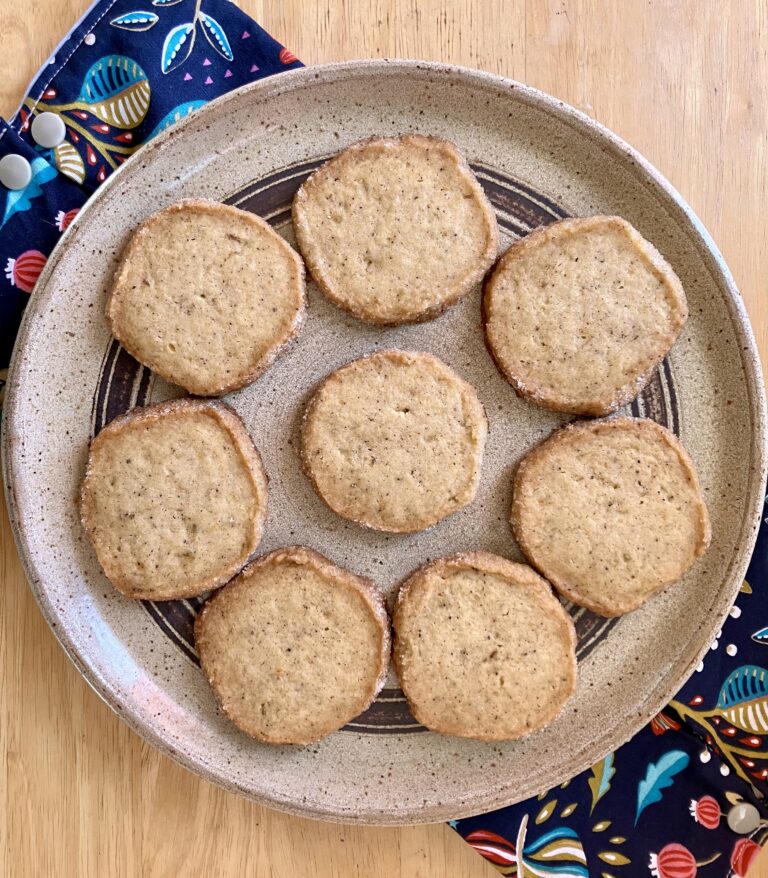

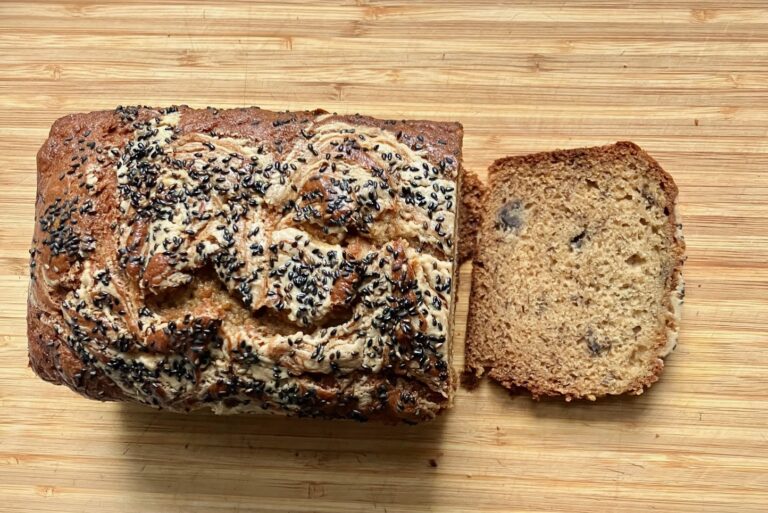
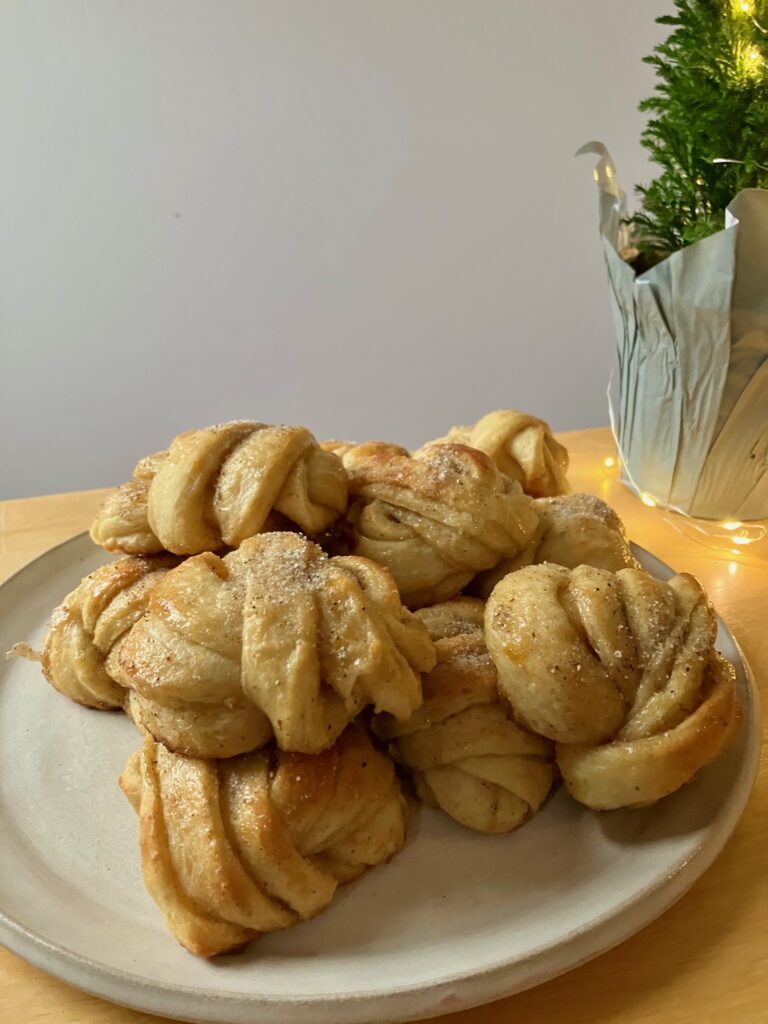
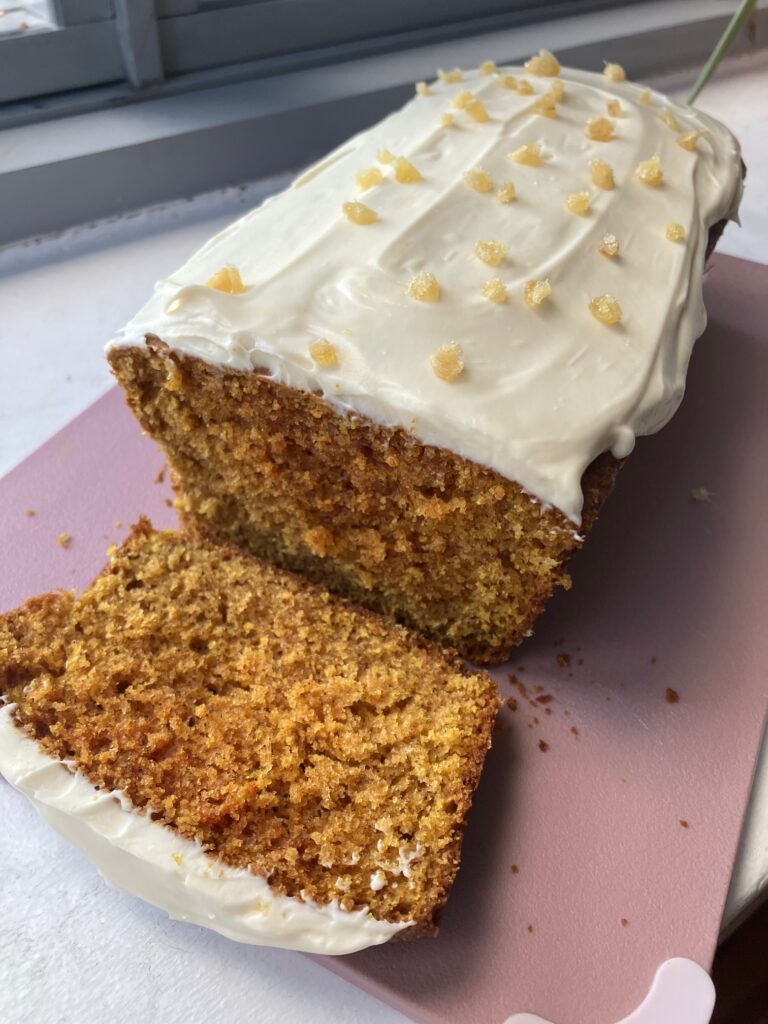
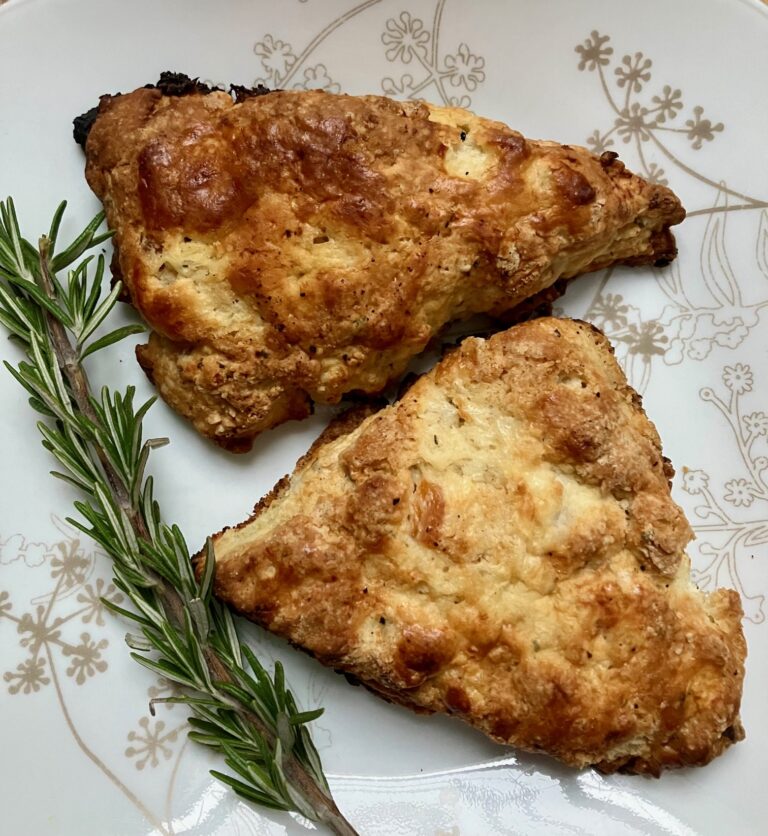
Leave a comment